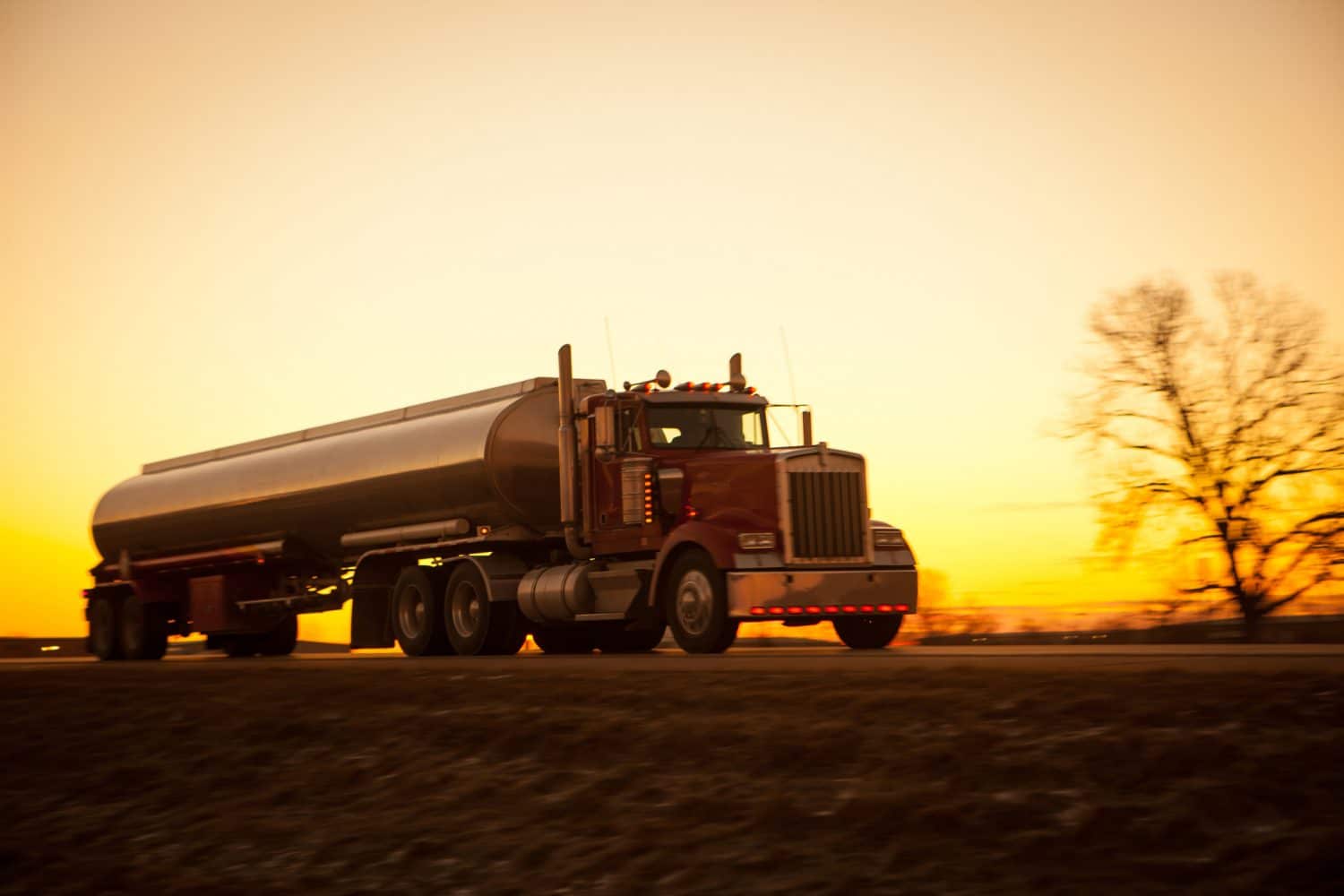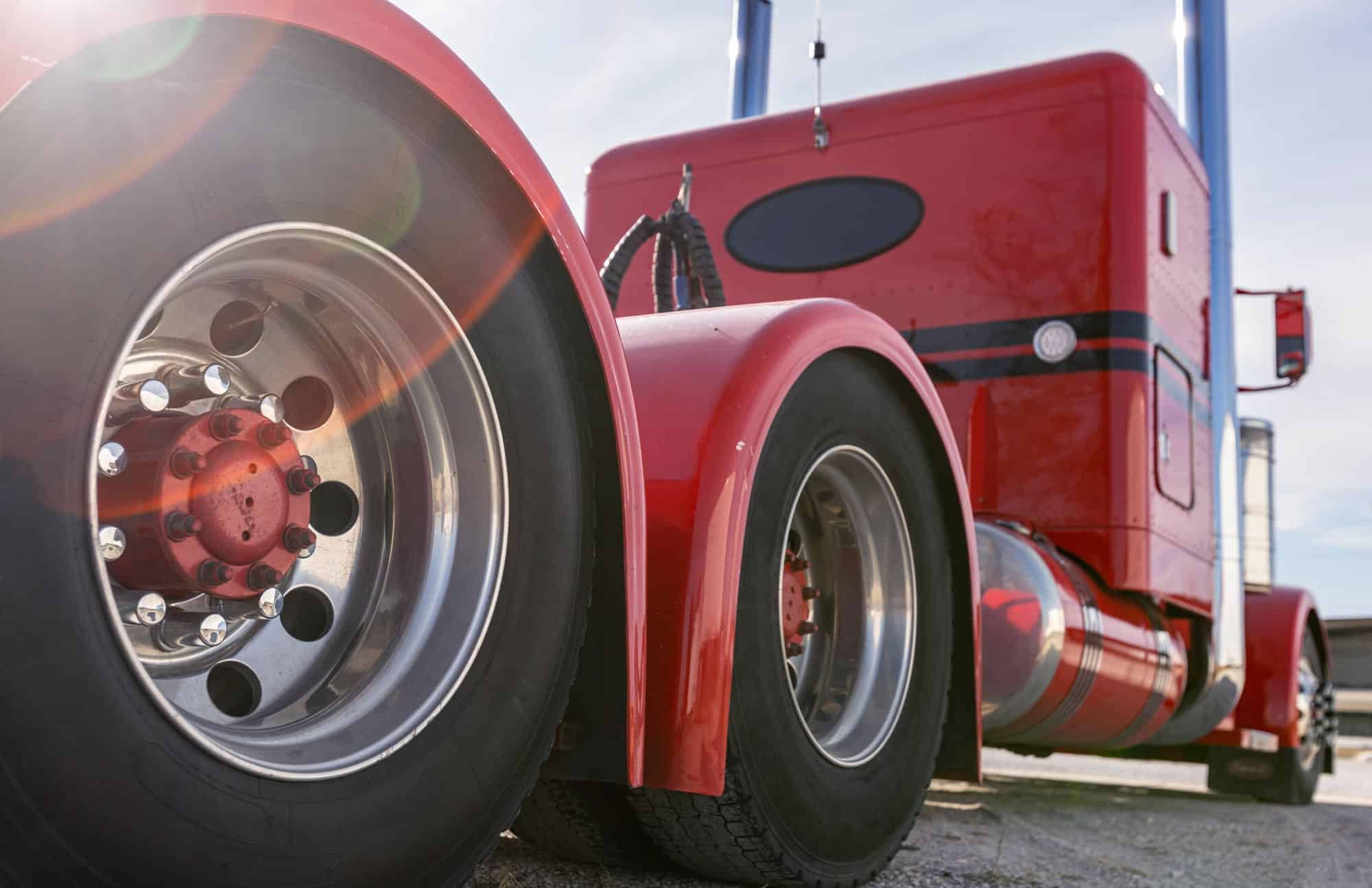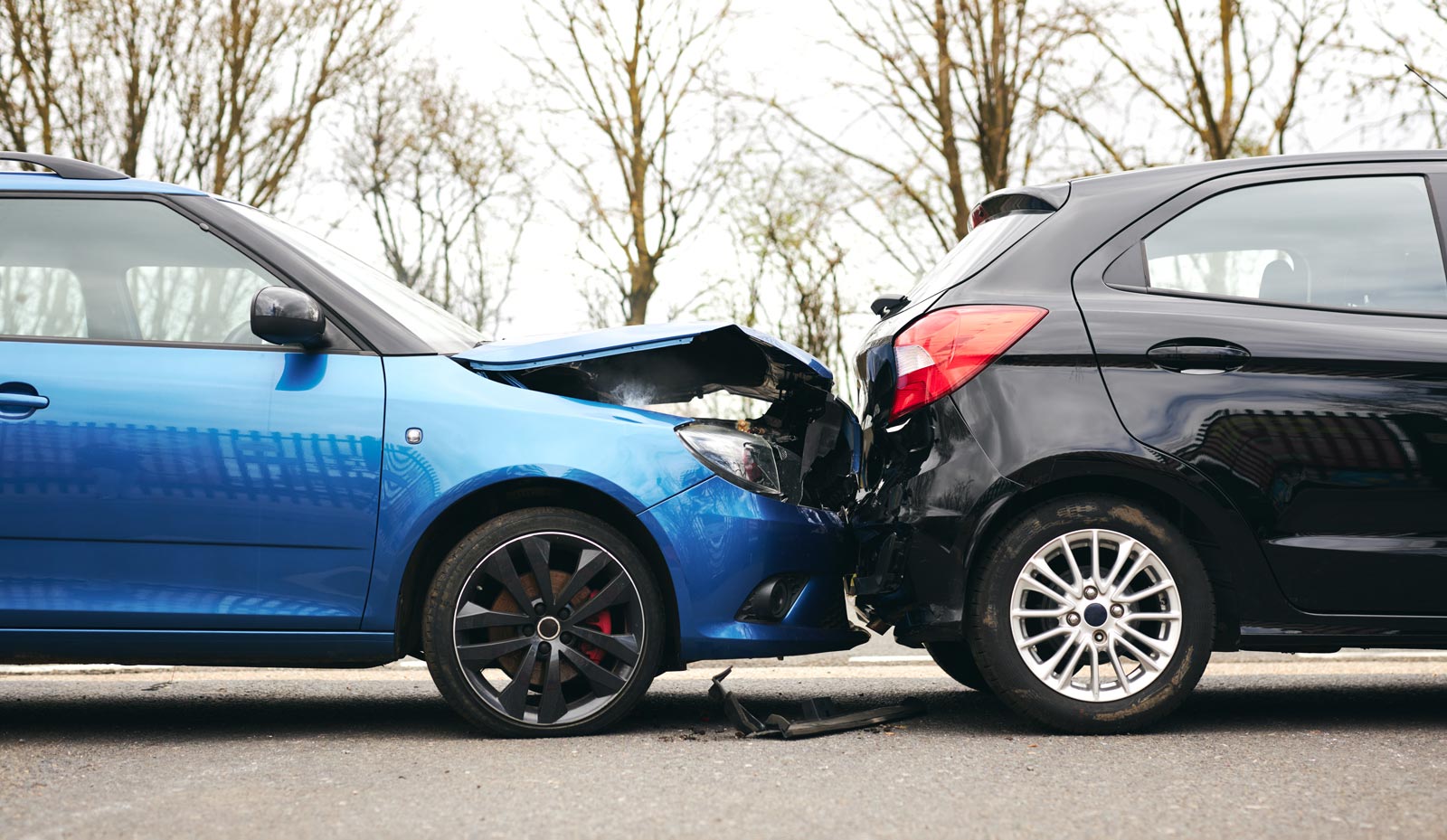Texas’ Permian Basin is booming again with oil and gas extraction activity. However, while many welcome the increased production and the hiring that follows, the attorneys at Crosley Law know from experience that oil and gas booms also lead to spikes in car and truck crashes.
Recently, West Texas’ U.S. Route 285 has received national attention thanks to its dangerous reputation and its alarming nickname: “highway of death.” Keep reading to learn more about how oil trucks in the Permian Basin put ordinary drivers at risk and find out what you should do if you or someone you love suffers injuries in an oil and gas-related crash.
Fatal Truck Accidents on U.S. Route 285 Increased by 400% in Just Three Years
Loving County is one of the least populated places in the United States. According to one report, only 134 people live in the area. However, thousands of cars and trucks drive along the county’s roads each day. Much of this road use comes from oil and gas industry activity in the oil-rich Permian Basin area.
RELATED ARTICLE: Unintended Consequences: The Rise of Vehicle Collisions as a Result of Increased Fracking and Drilling
As production has increased in the Permian Basin’s oil fields, Loving County has become ground zero for an influx of workers who are attracted by the promise of high-paying work. The region is booming with demand for truck drivers, oil rig workers, and other oil and gas professionals.
However, as the number of commuters and oil truck drivers on the roads increase, so do the number of crashes. Since 2015, Loving County has experienced a 400% increase in car and truck wrecks.
How Does an Oil and Gas Boom Increase Car Accident Rates?
Many factors contribute to increased car and truck crash rates during an oil and gas boom. Increased traffic volumes almost always lead to higher crash rates; after all, the more people there are on the road, the more likely crashes are to occur. Still, some of the factors causing the recent spikes in motor vehicle accident rates are unique to Texas’ oil and gas industry.
During an oil and gas industry boom, truck drivers can make six-figure salaries operating oil trucks. However, the extreme demand for drivers often leads companies to hire fledgling truckers who don’t have enough experience to operate their vehicles safely. Many of these drivers are willing to pull dangerously long hours and drive at unsafe speeds to earn a bigger paycheck. When you combine congested roads with fatigued and aggressive drivers who are focused on their earnings rather than safety, the results can be deadly.
To make matters worse, many of Texas’ rural roads weren’t built for heavy industrial truck traffic and are in no condition to handle thousands of extra cars and trucks. Many farm-to-market roads don’t have shoulders and are in serious disrepair. And some communities have seen increased numbers of sinkholes, which some experts link to increased fracking activity.
RELATED ARTICLE: Injured on a Rural Texas Roadway? You’re Not Alone
Finally, rural areas don’t always have the medical and emergency response resources to arrive quickly at the scene of a severe collision and manage the situation. For example, Loving County doesn’t have its own EMS, fire, or police services. When a serious crash happens, it can take an hour or more for help to arrive at the scene. Perhaps it’s no surprise, then, that at least 46 people have died in motor vehicle crashes in Texas’ Permian Basin this year alone.
“…at least 46 people have died in motor vehicle crashes in Texas’ Permian Basin this year alone.”
Protect Yourself and Your Loved Ones While Driving in the Permian Basin
Driving in the Permian Basin and other oil-rich areas of Texas involves increased risk. When you need to drive on Route 285 and other roads, follow these simple rules to reduce your risk for a crash:
- Drive defensively: Follow the posted speed limits, give yourself adequate stopping distances, and keep an eye out for erratic drivers and other hazards.
- Avoid distractions: Don’t use your smartphone or other devices while operating a vehicle.
- Stay well-rested: Driver fatigue can lead to poor decision-making and delayed responses that can cause crashes or make them worse.
RELATED ARTICLE: The Complicated Evidence Situation with Trucking Accident Injury Claims
If the worst happens and a crash does occur, the resulting claims will quickly become complicated. You might have claims against the driver, the trucking company, and other negligent parties. When Crosley Law handles an oil truck claim, we carefully investigate the crash, assess our clients’ damages, and demand justice. Our team uses sophisticated techniques and strategies that help us identify the at-fault parties and aid in our clients’ recoveries.
Crosley Law: Our Texas Truck Accident Lawyers Stand Up to Insurance Companies and Fight for Injured Victims
If you or a loved one suffered serious injuries in Texas due to an oil and gas-related crash, contact Crosley Law for a no-risk evaluation. We’ll listen to your story, outline your legal options, and help you build a plan for your next steps, all at no cost to you.
To speak with one of our experienced truck accident lawyers, either complete our online contact form or call us at 210-LAW-3000 | 210-529-3000.
References
Collins, R., & Adams-Heard, R. (2018, July 28). ‘Death Highway’ is where oil prices, truck fatalities intersect. Bloomberg. Retrieved from https://www.bloomberg.com/news/articles/2018-07-28/-death-highway-is-where-oil-prices-truck-fatalities-intersect
Lewis, R. (2018, November 12). How Texas’ oil fracking boom tore a “highway of death” through this tiny town. Vice News. Retrieved from https://news.vice.com/en_us/article/nepbjm/how-texas-oil-fracking-boom-tore-a-highway-of-death-through-this-small-town
The content provided here is for informational purposes only and should not be construed as legal advice on any subject.









